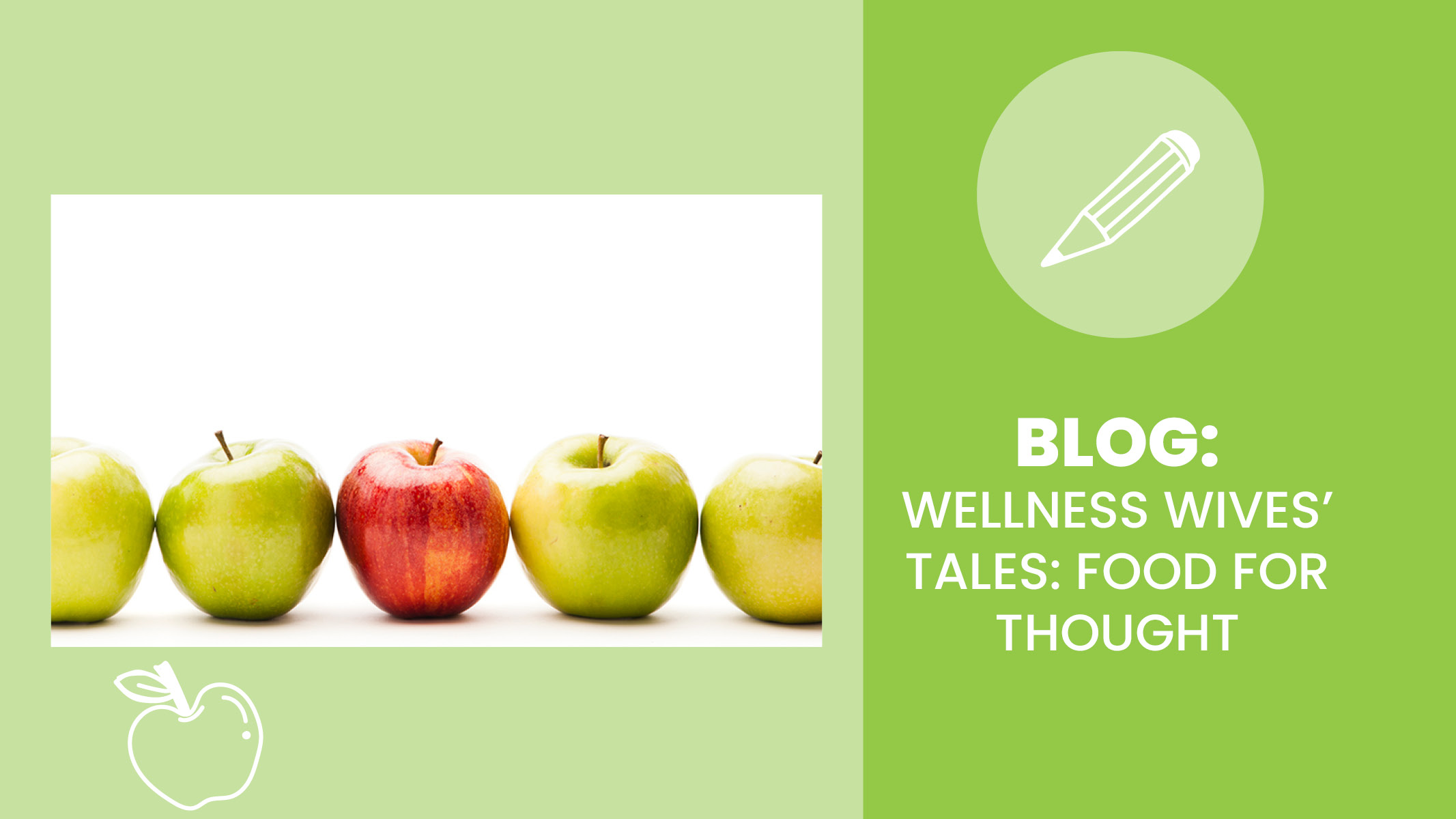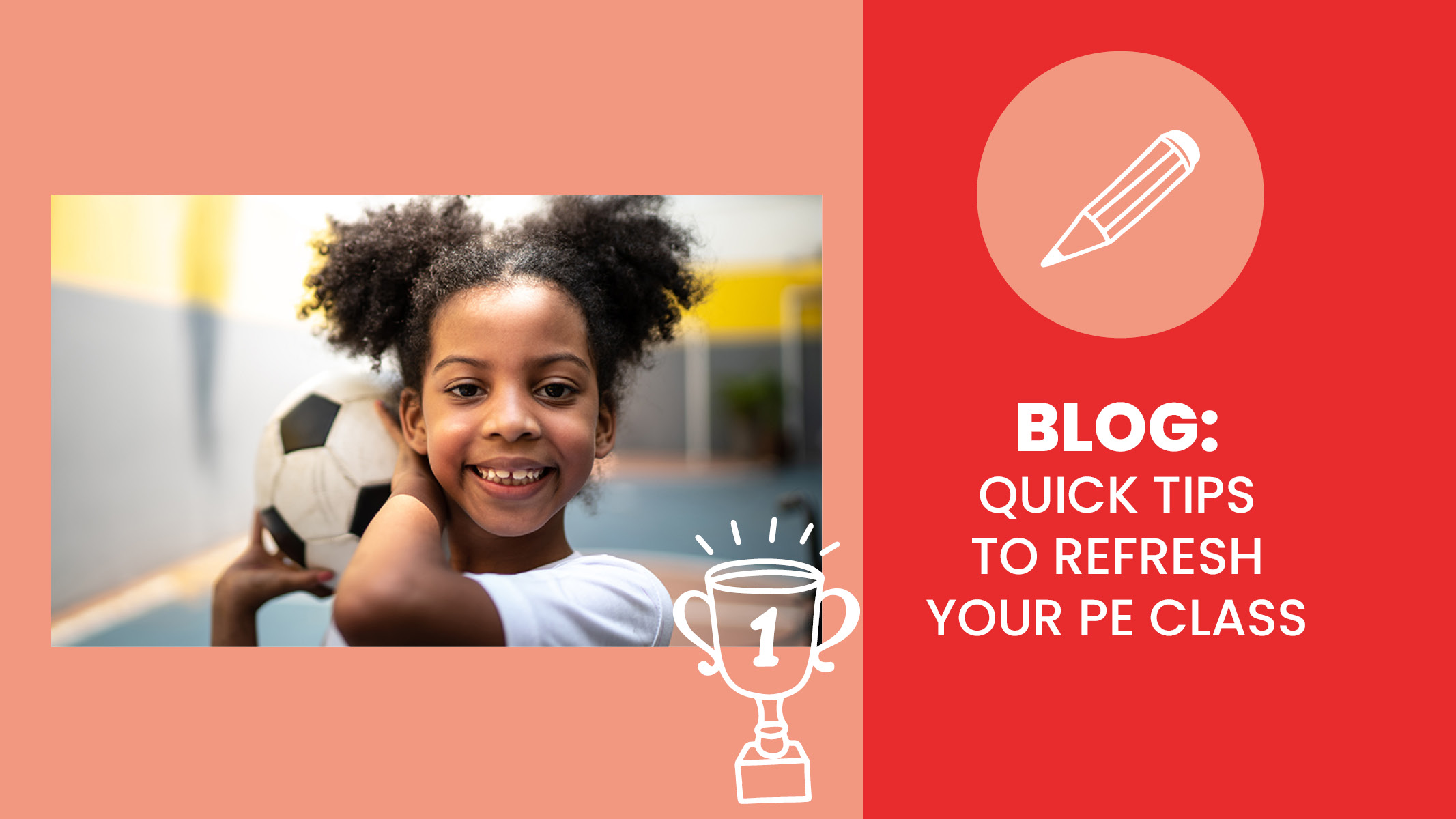The focus and need on overall wellness are ever-present, especially now. People experience situations, new and old, every day that can cause unpleasant feelings and emotions. That’s where physical activity comes in. We spoke with Taralyn (Tari) Garner, a retired physical education teacher and member of SHAPE America’s Board of Directors, to talk about the importance of being active and how parents and educators can adapt activities and lessons to meet the needs of their kids.
Why is it important to be physically active? Regular physical activity is beneficial to you in more ways than just muscle growth. It provides physical benefits like better sleep quality, increased body awareness and coordination, and reduces the risk of disease. There are also emotional and cognitive benefits to physical activity like improved mental health and memory, as well as increased focus and concentration.
“Students and staff are experiencing situations they have never dealt with before, and for many it is a stressful and difficult time so...physical activity and healthy choices will help everyone better deal with their individual situations,” says Tari.
How can educators adapt their activities to be more inclusive? The goal of a quality physical education class is for each student to be working and engaged at the highest level possible. In physical education, there are a variety of ways to modify and adapt. Many things can be changed, modified, or combined with other adaptations to allow each student to reach their full potential.
When Tari reflects on whether the lesson and/or activity is safe and inclusive for each student in her class, she considers the following:
- What are the elements of the lesson or activity and who will be participating?
- Who might have difficulty with the lesson or specific element of a lesson?
- How can that piece be modified so everyone can participate at the highest level? Things that can potentially change are skills, environments, equipment, rules, instructions, etc.
“Don’t be afraid to include your students in the modifications when appropriate—they are the experts when it comes to knowing what works for them!” says Tari. “Take notes about specific modifications used and the outcome of those modifications for your future reference.”
Looking for activity inspiration? These are some of Tari’s favorites. The best activities are those that require little to no equipment. Something that puts focus on fitness (stations with fitBoost cards or create-your-own fitness routine) and individual skill development (specific sport skills, dance, jump rope) are great options that can be used as warm-ups, lesson activities, or cool-downs. You can easily modify classic games, like tag, for social-distancing by adding a pool noodle or obstacle courses so students don’t have to touch the equipment—in fact, make that a part of the challenge!
And a word of advice from Tari… “Use the resources around you and don’t hesitate to ask for help. We are all definitely stronger together. We will get through this and all learn something that will improve our teachings!”
Ready for More? You Might Also Like:
A Beginner’s Guide to Yoga for Kids
Physical Activity Matters When It Comes to Your Mental Health
Educational Brain Breaks We Love that Keep Kids Learning and Moving


